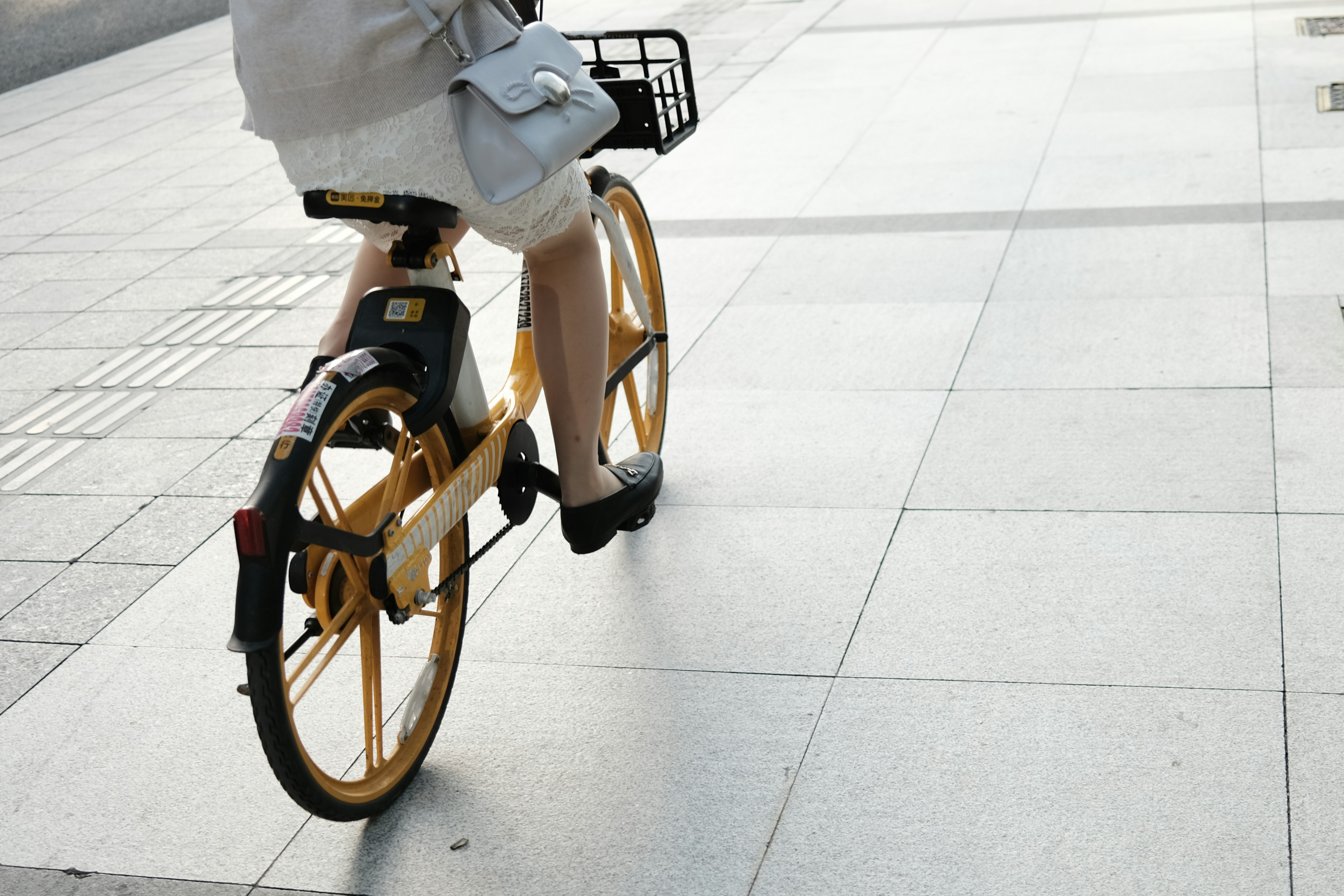3 ways to make mobility budgets tax-free: opportunities and constraints

The transition towards more sustainable commuting represents a crucial challenge for companies committed to reducing their environmental impact. However, implementing effective programs often faces regulatory uncertainties regarding the tax exemption of sustainable mobility incentives. Recent interpretations by the Italian Tax Authority finally offer operational clarity on this fundamental topic for every Mobility Manager.
Beyond borders: European models of sustainable mobility
While Italy is still defining its interpretative framework, other European countries have already implemented structured systems to incentivize sustainable mobility.
In France, the Forfait Mobilités Durables (FMD) allows employers to provide up to €600 tax-free annually per employee to cover sustainable mobility expenses, an amount that can increase up to €900 when combined with public transport reimbursements. Officially introduced in 2020, the French system covers bicycles, car sharing, electric scooters and public transport, explicitly excluding personal vehicles (even electric ones), taxis and trains.
The Belgian Mobility Budget represents the most advanced model in Europe, allowing employees to fully convert their company car into a tax-free mobility package. Introduced in 2019 and enhanced in 2022, the system is structured in three steps:
-
Step 1 - Company car surrender: The employee can choose to completely give up the company car or opt for a more ecological model, freeing up budget for other steps.
-
Step 2 - Alternative mobility: Use of the remaining budget for sustainable mobility solutions (public transport, bicycles, sharing service subscriptions, and even housing costs if they meet certain conditions) completely exempt from taxes and social contributions.
-
Step 3 - Residual payment: Any remaining balance at year-end is paid in cash to the employee after deducting only 38.07% social contributions, without any additional taxation.
Both European models demonstrate how a clear regulatory framework can facilitate the adoption of more sustainable mobility solutions.
The Tax Authority’s interpretative framework
In recent years, the Italian Tax Authority has issued three important rulings (no. 74/2024, no. 274/2023 and no. 293/2020) that outline the perimeter within which companies can operate to offer tax-free benefits related to commuting. This triangulation of interpretations finally allows the identification of three distinct paths to incentivize virtuous mobility behaviors without negative tax impacts for employees.
1. The fringe benefit route
For companies preferring a more traditional approach, ruling 293/2020 clarifies that monetary incentives for sustainable mobility (such as “mobility vouchers” calculated on kilometers cycled) fall under the fringe benefit tax regime. These incentives:
- Are tax-exempt up to the annual comprehensive threshold of 1000 euros (2000 euros for employees with dependent children)
- Fully contribute to forming taxable income if, when added to other fringe benefits, they exceed this threshold
- Represent a simple solution but with limited impact potential due to the exemption cap
It’s important to emphasize that this interpretation applies to incentives paid directly by the employer in monetary form.
2. The opportunity for collaboration with local authorities
A second path, outlined in ruling 274/2023, concerns incentives provided by local public entities as part of sustainable mobility programs. These incentives:
- Do not constitute taxable income for employees, and are therefore exempt from social contributions and taxation
- Are not considered fringe benefits, and therefore do not contribute to eroding the annual exemption cap
- Are intended for citizens as such and not by virtue of the employment relationship
This interpretation opens interesting prospects for public-private collaboration, where companies can facilitate their employees’ access to incentive programs promoted by local authorities, creating virtuous synergies without negative tax implications.
A concrete example of this opportunity provided by ruling 274/2023 is the “Bike to Work” program of the Emilia-Romagna Region. The initiative provides:
- Incentives up to 0.20€ per km traveled by bicycle for commuting
- A maximum cap of 50€ monthly per beneficiary
- The possibility for municipalities to join the program and manage incentive distribution
In this case, companies can:
- Inform employees about the program’s existence
- Facilitate access to the monitoring platform
- Integrate public incentives with complementary services (e.g., secure parking, changing rooms)
All this without any impact on employees’ tax position, as incentives are provided directly by the public entity.
3. Mobility services integrated into corporate welfare
Ruling 74/2024 represents the most significant breakthrough, recognizing that sustainable mobility services in kind offered through a dedicated platform can be completely tax-free under Article 51, paragraph 2, letter f of TUIR. This includes:
- Car-sharing with electric vehicles
- Electric bike-sharing and scooter-sharing
- Use of electric scooters
- Electric vehicle charging
- Tickets and subscriptions for local public transport
To correctly implement this solution, it is necessary to:
-
Define spending limits and allowances in the welfare plan
-
Ensure provision to all employees, or to homogeneous categories
-
Ensure provision exclusively in service form, avoiding any direct reimbursement of expenses incurred by the employee
Operational strategies for Mobility Managers
In light of these interpretations, Mobility Managers now have a range of concrete options available:
| Option | Advantages | Constraints | Tax Impact |
|---|---|---|---|
| Direct monetary incentives | Flexibility in use and management simplicity | Limited exemption cap | Taxable income if annual exemption cap is exceeded |
| Public incentives provided by local authority | No cost for the company | Depends on locally active programs | Total tax exemption |
| Welfare services in kind | Variety of services | Requires well-structured welfare plan and platform ensuring allowance and homogeneous provision | Totally exempt if correctly implemented |
Conclusions: choosing the right path
As emerges from the analysis, each of the three ways to make sustainable mobility incentives tax-free presents specific strengths and criticalities. Direct monetary incentives offer great flexibility but are limited by the exemption cap, public programs guarantee full tax exemption but depend on territorial initiatives, while welfare services in kind require complex structuring but allow offering an articulated range of solutions.
It is the Mobility Manager’s responsibility to carefully evaluate the company context, employee needs, and available resources to identify the solution - or more likely the mix of solutions - most effective for their organization. The ultimate goal remains to concretely reduce sustainable mobility costs for employees, making the best use of available tax exemption opportunities.
The good news is that implementing economically incentivized sustainable mobility programs under tax-advantaged conditions is possible today. The significant preliminary work of research, analysis, and planning required can be considerably facilitated through collaboration with other Mobility Managers in the territory.
The collaborative approach thus proves fundamental not only for the operational implementation of mobility solutions but also for the complex phase of structuring incentives while respecting regulatory constraints.

Paolo Barbato is the CEO and co-founder of Wiseair. He is an expert in Mobility Management, design and analysis of corporate mobility.